
By the end of this section, you will be able to:Describe the characteristics of the new consumer culture that emerged at the end of the nineteenth century
- Subject:
- Social Science
- Material Type:
- Module
- Date Added:
- 07/10/2017


By the end of this section, you will be able to:Describe the characteristics of the new consumer culture that emerged at the end of the nineteenth century
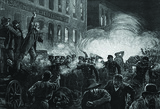
By the end of this section, you will be able to:Explain the qualities of industrial working-class life in the late nineteenth centuryAnalyze both workers’ desire for labor unions and the reasons for unions’ inability to achieve their goals

By the end of this section, you will be able to:Explain how the inventions of the late nineteenth century contributed directly to industrial growth in AmericaIdentify the contributions of Andrew Carnegie, John Rockefeller, and J. P. Morgan to the new industrial order emerging in the late nineteenth centuryDescribe the visions, philosophies, and business methods of the leaders of the new industrial order
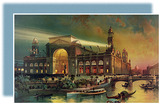
Inventors of the AgeFrom Invention to Industrial GrowthBuilding Industrial America on the Backs of LaborA New American Consumer Culture

By the end of this section, you will be able to:Explain how the ideas and products of late nineteenth-century inventors contributed to the rise of big businessExplain how the inventions of the late nineteenth century changed everyday American life

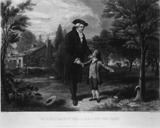
By the end of this section, you will be able to:Explain and illustrate the new style of American politics in the 1820sDescribe the policies of John Quincy Adams’s presidency and explain the political divisions that resulted
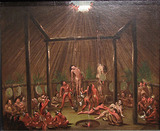
By the end of this section, you will be able to:Explain the legal wrangling that surrounded the Indian Removal ActDescribe how depictions of Indians in popular culture helped lead to Indian removal
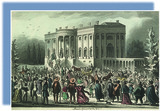
A New Political Style: From John Quincy Adams to Andrew JacksonThe Rise of American DemocracyThe Nullification Crisis and the Bank WarIndian RemovalThe Tyranny and Triumph of the Majority

By the end of this section, you will be able to:Explain the factors that contributed to the Nullification CrisisDiscuss the origins and creation of the Whig Party
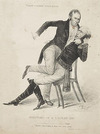
By the end of this section, you will be able to:Describe the key points of the election of 1828Explain the scandals of Andrew Jackson’s first term in office

By the end of this section, you will be able to:Explain Alexis de Tocqueville’s analysis of American democracyDescribe the election of 1840 and its outcome

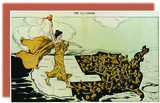
The Origins of the Progressive Spirit in AmericaProgressivism at the Grassroots LevelNew Voices for Women and African AmericansProgressivism in the White House
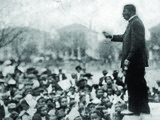
By the end of this section, you will be able to:Understand the origins and growth of the women’s rights movementIdentify the different strands of the early African American civil rights movement
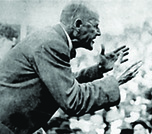
By the end of this section, you will be able to:Identify specific examples of grassroots Progressivism relating to the spread of democracy, efficiency in government, and social justiceDescribe the more radical movements associated with the Progressive Era
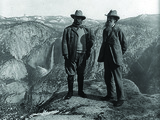
By the end of this section, you will be able to:Explain the key features of Theodore Roosevelt’s “Square Deal”Explain the key features of William Howard Taft’s Progressive agendaIdentify the main pieces of legislation that Woodrow Wilson’s “New Freedom” agenda comprised
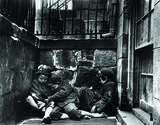
By the end of this section, you will be able to:Describe the role that muckrakers played in catalyzing the Progressive EraExplain the main features of Progressivism


By the end of this section, you will be able to:Explain the factors responsible for Richard Nixon’s election in 1968Describe the splintering of the Democratic Party in 1968Discuss Richard Nixon’s economic policiesDiscuss the major successes of Richard Nixon’s foreign policy